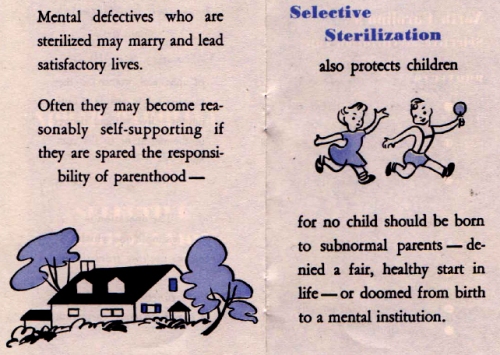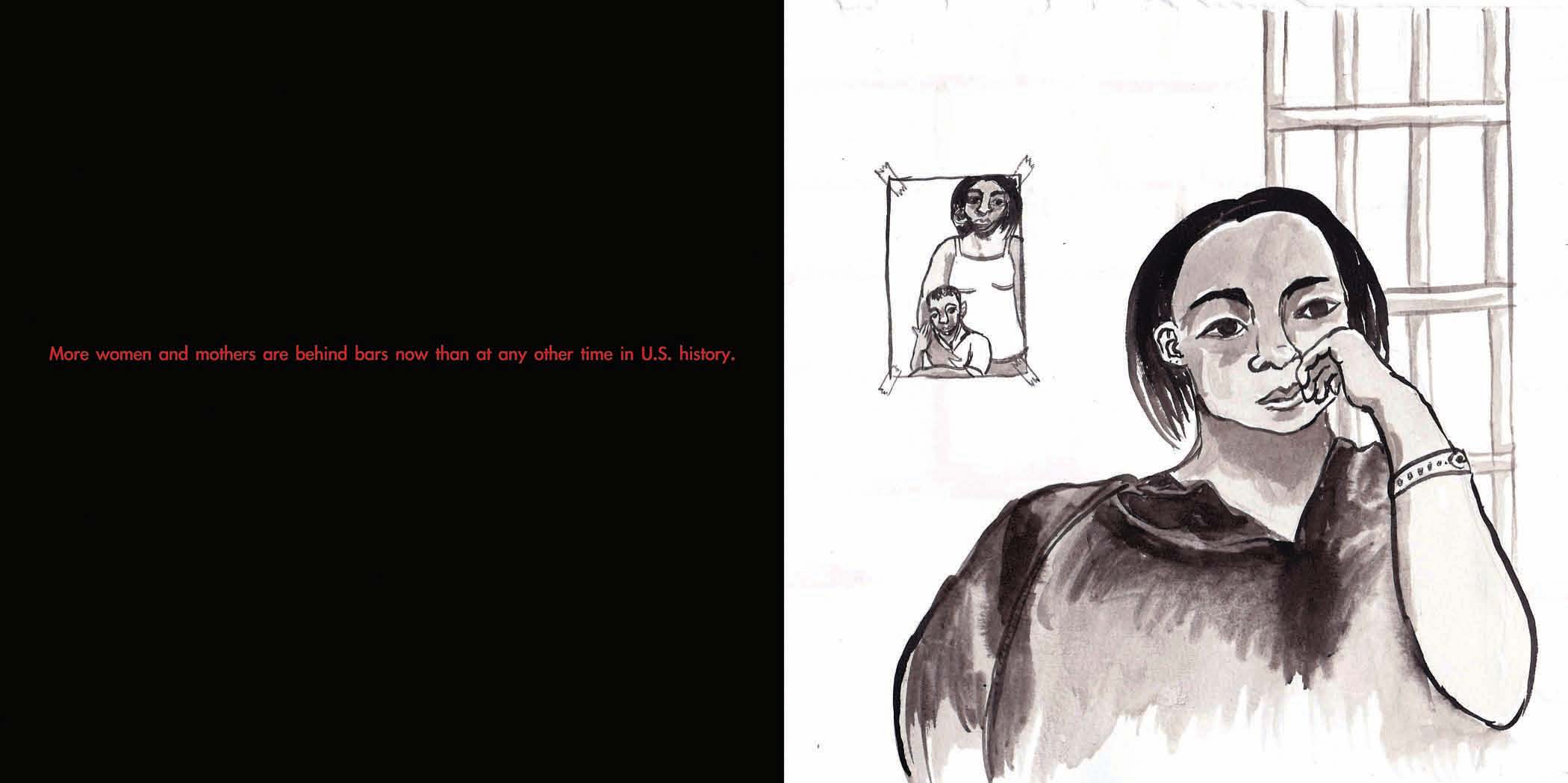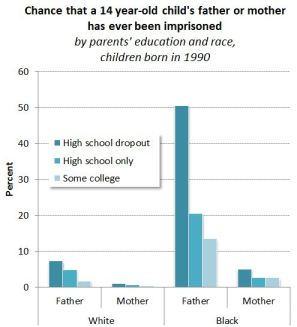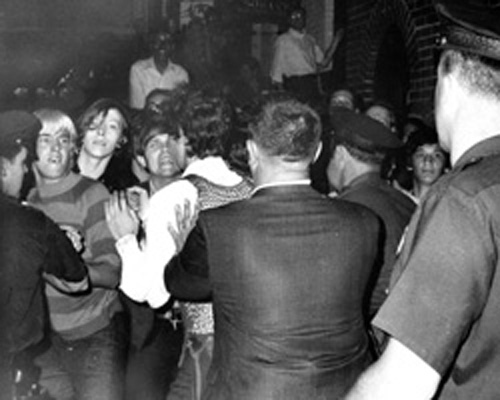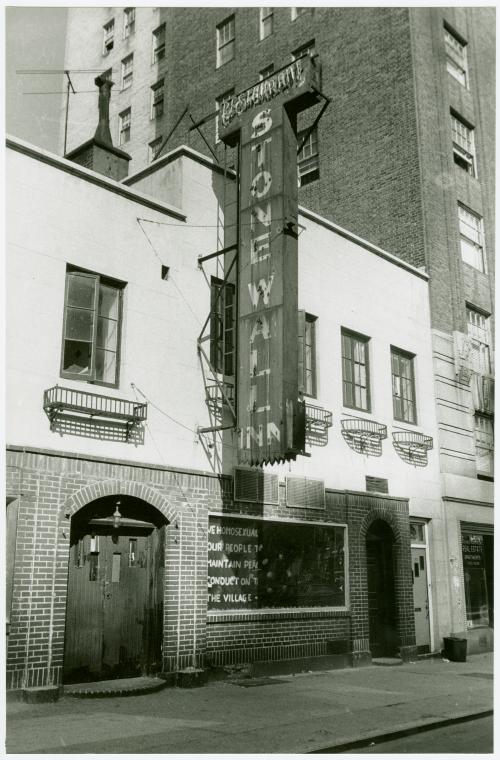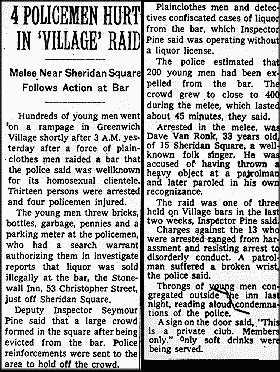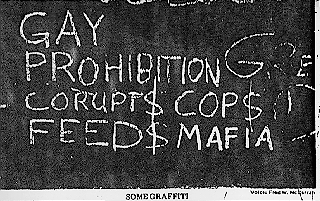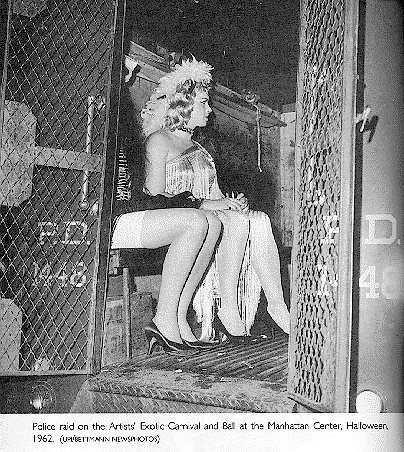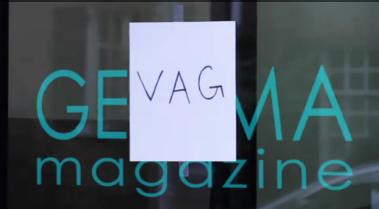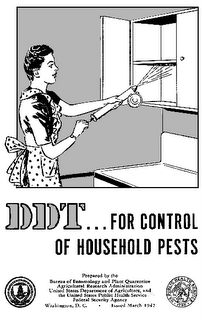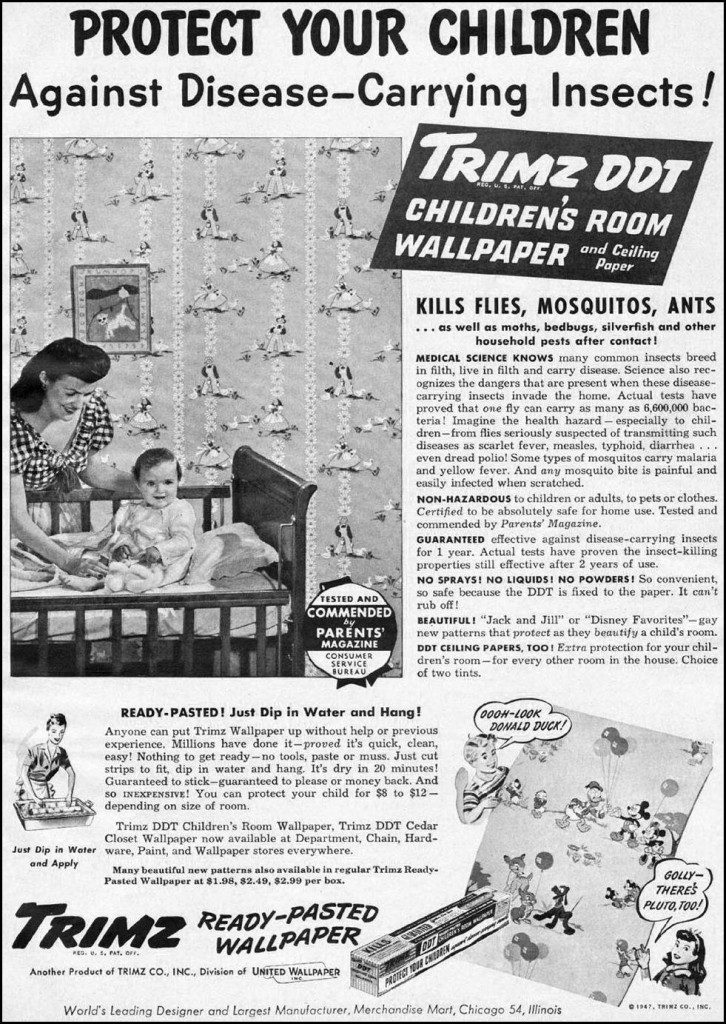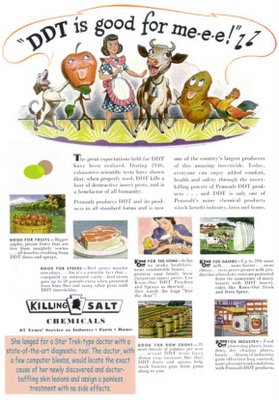I argued earlier that Avatar was not a story about a heroic people, the Na’vi, but a white savior. I summarized:
Sully is not only a superior human being, he is also a superior Na’vi. After being briefly ostracized for his participation in the land grab, he tames the most violent creature in the sky, thereby proving himself to be the highest quality warrior imaginable per the Na’vi mythology. He gives them hope, works out their strategy, and is their most-valuable-weapon in the war. In the end, with all Na’vi contenders for leadership conveniently dead, he assumes the role of chief… and gets the-most-valuable-girl for good measure. Throngs of Na’vi bow to him.
Avatar was heralded as a break-through movie for its technological achievements, but its theme is tired. With the aim of pointing to how Avatar simply regurgitated a strong history of white, Western self-congratulation, Craig Saddlemire and Ryan Conrad re-mixed the movie with other similar movies, including Blind Side, Dancing with Wolves, Blood Diamond, The Last Samurai, Out of Africa, Stargate, and Indiana Jones and the Temple of Doom.
They go through several features of these narratives: awe at the “native” landanimalspeople, the decision that they are helpless and doomed without White, Western intervention, the designation of a White savior who devotes him or herself to their rescue, native self-subordination, and more. It’s pretty powerful. Thanks to Lizzy Furth for sending the video along!
See also: Formula for a successful American movie.
Lisa Wade, PhD is an Associate Professor at Tulane University. She is the author of American Hookup, a book about college sexual culture; a textbook about gender; and a forthcoming introductory text: Terrible Magnificent Sociology. You can follow her on Twitter and Instagram.



